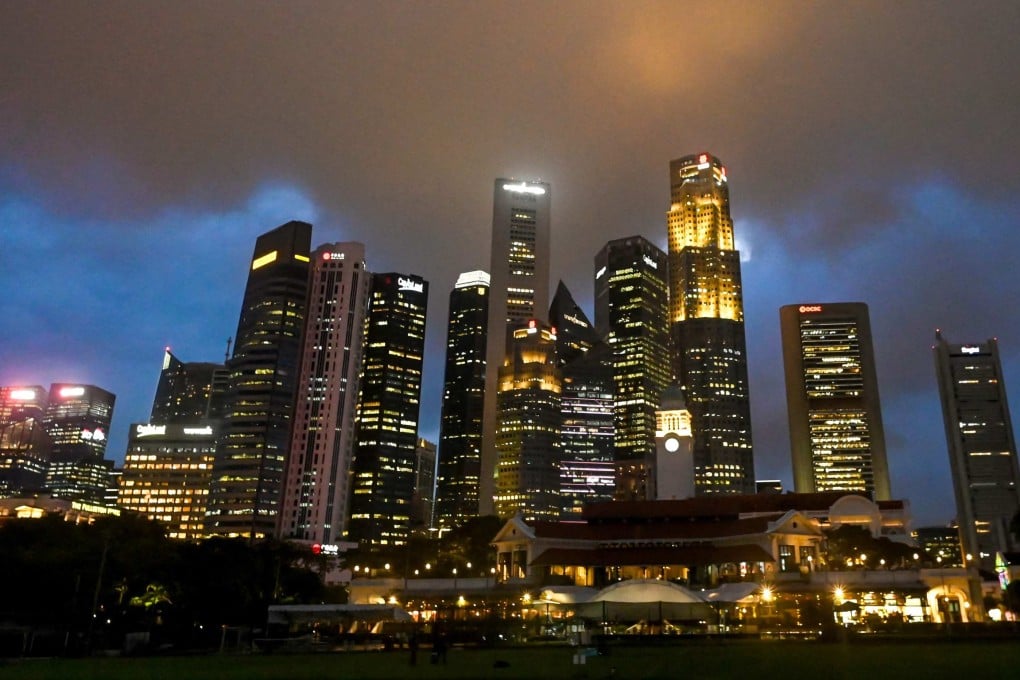Asian Angle | Singapore was once polluted, too. Asia could learn much from its transformation
Asia’s breakneck growth has come at a steep environmental cost, but Singapore’s experience shows where there’s political will, there’s a way

Coastlines awash with rubbish, skylines obscured by smog and rivers, once relied on for drinking, bathing and fishing, streaked with unnatural colours and toxic sludge.
This is Asia. It is the world’s fastest growing economic region – a status that has unfortunately come at a steep environmental cost.
Three of the five most polluted cities in the world are in Southeast Asia, according to air-monitoring organisation IQAir. In a January report, Ho Chi Minh City was ranked second, while Phnom Penh and Bangkok ranked fourth and fifth, respectively.
The following month, Unicef reported that more than 100 children under the age of five die each day in East Asia and the Pacific from air pollution-related causes.

